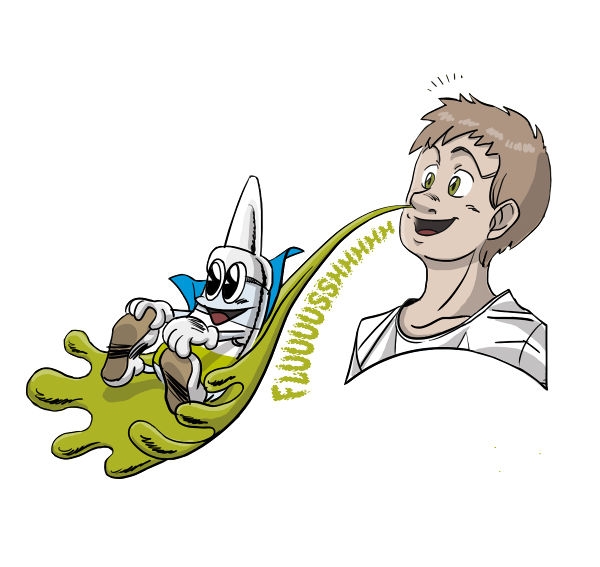Believe it or not, mucus has a crucial role in our respiratory system. These secretions not only trap bacteria and foreign particles, but also help humidify and purify inspired air. However, when the normal function of the sinuses is affected, mucus can become a source of trouble… leading to a notorious condition widely known as, good call, sinusitis! Not everybody is aware of how important getting rid of such a yucky, slippery fluid is, so we want to shed some light on it. Then, why should you clear your sinuses when having sinusitis symptoms? Let’s find out!
Just so you know, the sinuses are hollow cavities in the cranial bones whose normal function revolves around three different elements: open sinus ostiums (the openings that connect the sinuses to the nasal cavity), thin mucus secretions and the correct functioning of cilia, microscopic hairs that move the mucus out of the sinuses. When one of these components doesn’t work properly, you are at risk of suffering from sinusitis as the cycle that allows for the constant clearance of secretions gets jeopardized.
When the ostium gets blocked, the mucus is stored in the sinus cavity, thus forming a backup of thick secretions that stagnate and become a fertile breeding ground for bacteria. Therefore, the ‘cocktail’ for a sinus infection is ready and, as a result, the symptoms that come along with it: post-nasal drip, nasal blockage, both facial pain and facial pressure and headaches, just to mention some.
Given this circumstance, you probably expect antibiotics to save the day, and you are neither right nor wrong. On the one hand, antibiotics will kill bacteria, which in turn will help to reduce tissue inflammation, thereby relieving your symptoms.
On the other hand, antibiotics won’t remove the dammed up secretions from the sinuses, which may predispose you to suffer from a new infection. Stated otherwise, drawing on antibiotics to combat sinusitis fixes one problem (when the disease is caused by bacteria, which happens in a very small percentage of the cases) but it leaves the door open to further complications, including chronic sinusitis. Not to mention if you have a viral sinusitis, in which case antibiotics won’t work at all, so you’ll be wasting time.

In addition, retained mucus prompts the inflammation of the sinus lining, which triggers facial pressure, a common complain among sinusitis sufferers. And the only way to ease those symptoms is by draining the mucus from the sinuses and assuring the proper functioning of cilia. And this is exactly what Nasodren® does owing to its unique mode of action.
Nasodren® is made of Cyclamen europaeum extract, whose active ingredient, saponins, exerts a dual mechanism of action; not only do these saponins decrease the inflammation of the nasal mucosa through a direct osmotic effect, but they also stimulate the terminals of the nerve endings at nasal mucosa level. This has a triple effect: seromucus discharge, recovery of cilia function and opening of the ostiums, which allows for the clearance of the sinuses and the nasal cavity.
In a nutshell, it’s worth taking into account that thick, stored secretions can be a latent problem when not drained out the sinuses through your nose.







